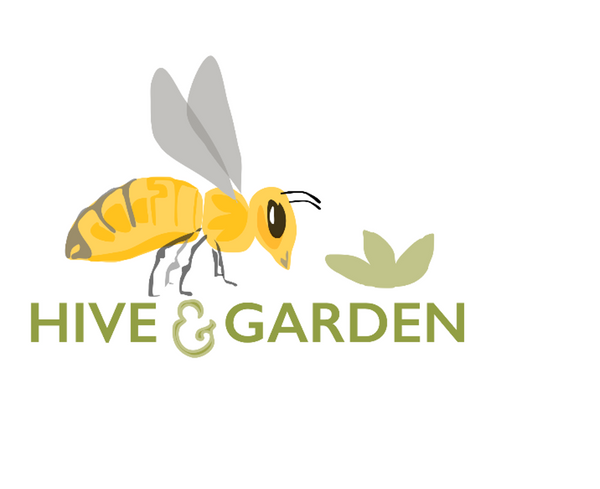
Vivaldi Board™️ Primer: Part Two
Share
In the last blog, we discussed hive ventilation, moisture and feeding as key factors in a healthy hive. Experience tells us it is the combination of cold and moisture that is hard on a colony, probably because moisture is a very good thermal conductor. Colonies can survive in cold weather if it is relatively dry, but moisture combined with cold weather kills a lot of hives every winter. You can often see this in the moist Willamette Valley when there is a sudden cold snap in winter. Too often, it results in an immediate bee kill and you see many bees dragged out in front of the hive when the weather warms enough for the bees to break cluster. If the colony is not particularly strong, it does not survive such sudden weather changes.
Convection and Moisture: We often hear customers talk about air flow in a hive as if it were high volume. It is not; it is more like a slow convection of warm and moist air that can easily flow essentially unrestricted up through the hole in the Vivaldi Board™️. If left unrestricted, the warm and moist air would hit the underside of the telescoping cover, often resulting in a black, wet and moldy panel on the underside of the telescoping cover, as in the image below.

Putting an absorbent material over the center hole restricts the air flow and captures the moisture, but not much because the hole has a small surface area. If the material is thick like a folded burlap sack, you see its lower side stays dry but its upper side is moist. (If you try this, you will see a damp or wet spot the size of the hole on the top side of the material but not the bottom.) This is where the Vivaldi Screen™️ helps.
The Vivaldi Screen™️ greatly increases the moisture absorption area and decreases the obstruction to the convecting air. With a Vivaldi Screen™️, you will see the damp patch is no longer the size of the center hole, but is the same dimension as the Vivaldi Screen™️. This an indication of the larger absorption surface created by the screen.

The interesting thing is that the moisture is on the top layer of the folded burlap pad but not the bottom, so it is keeping the hive nest area drier. See the image below,

Insulation: Insulation at the top of the hive is particularly good at helping the colony regulate its brood temperature. Burlap sacking, although good at absorbing moisture, is not the best insulator. Wood shavings insulate better but are a bit more messy. Currently, we are experimenting with other materials such as washed raw sheep wool. Whatever material you use, it is important not to block the vents at the top of the Vivaldi Board™️, as these vents enable much of the moist air to ventilate before it hits the telescoping cover. Otherwise moisture will tend to accumulate on the pad and condensation will occur on the telescoping panel.
Another attribute of the Vivaldi Board™️ is its ability to support several feeding options. We will discuss this in our next blog.
